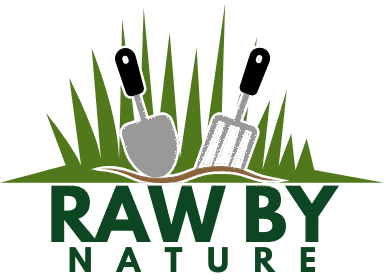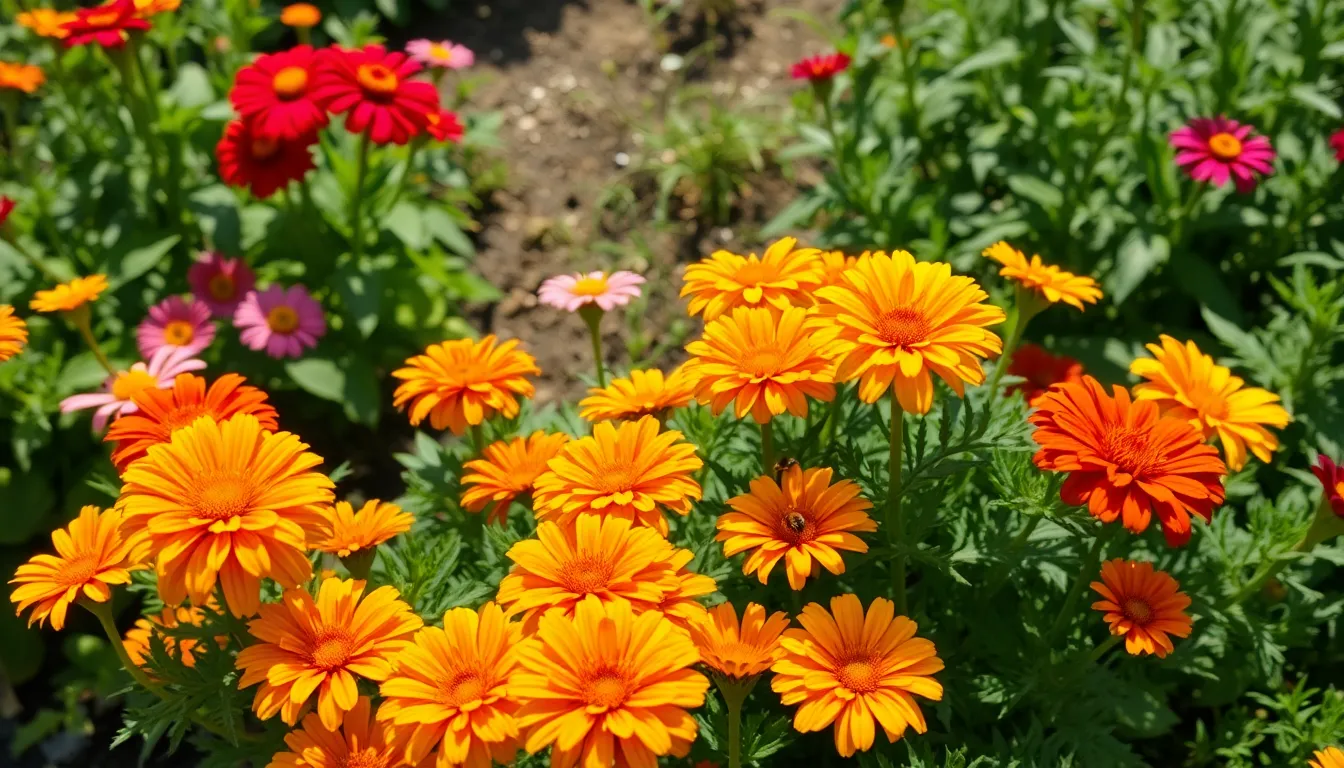There’s a certain magic in watching a garden come to life with vibrant colors and delightful blooms, a magic that anyone, regardless of experience, can conjure with ease. Whether you’re just embarking on your gardening journey or have years of soil under your nails, incorporating flowers that thrive with minimal fuss can transform your space into a haven of beauty and tranquility. Flowers have an innate ability to uplift the spirit, and selecting the right ones ensures that your garden sings with color and charm throughout the seasons.
In this article, we’ll introduce you to five easy-to-grow flowers that promise not only to brighten your garden but also to boost your confidence as a gardener. You’ll learn about their unique characteristics, how to care for them, and why they’re perfect additions to your garden beds or containers. Each flower has been chosen for its resilience and beauty, making them ideal candidates for both novices eager to see quick results and seasoned gardeners looking for reliable bloomers. Get ready to dig in and discover how these floral wonders can make your garden a picture-perfect retreat without the stress of high maintenance.
Top Easy-Care Flower Varieties
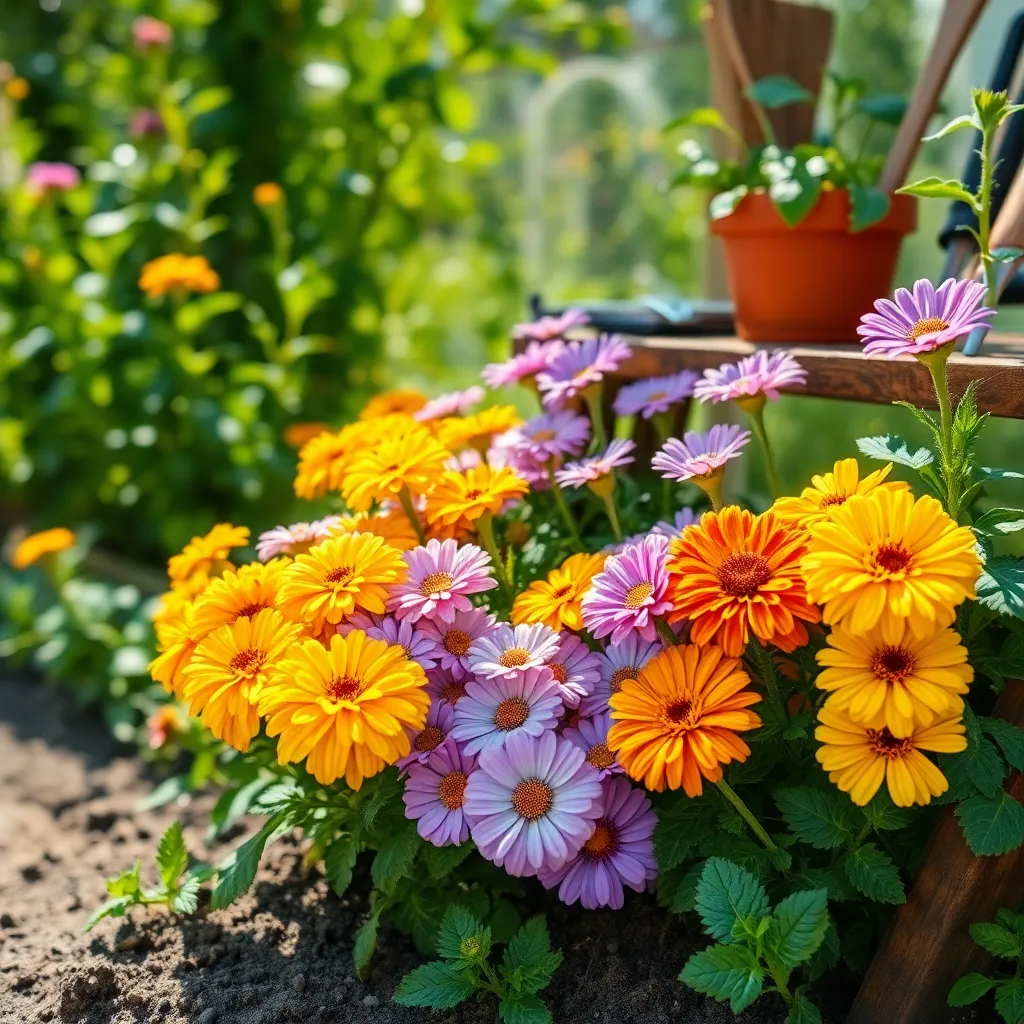
Adding easy-care flowers to your garden can bring beauty without the stress of intensive upkeep. Marigolds are a fantastic choice for beginners, thriving in full sun and well-draining soil, and they are known to deter pests naturally.
Another excellent option is the zinnia, which comes in various vibrant colors and attracts pollinators like bees and butterflies. Zinnias grow best in rich, well-drained soil and need regular watering, but be sure to water them at the base to avoid mildew on the leaves.
For those who enjoy classic blooms, geraniums are both versatile and low-maintenance, making them perfect for containers or garden beds alike. They require moderate watering and prefer sunny spots, but ensure they have some shade during the hottest part of the day to prevent wilting.
Consider planting coneflowers, which are hardy perennials that can withstand drought and poor soil conditions. These flowers enjoy full sun exposure and can self-seed, providing a continuous display of color year after year with minimal effort.
Sunlight Needs for Vibrant Blooms
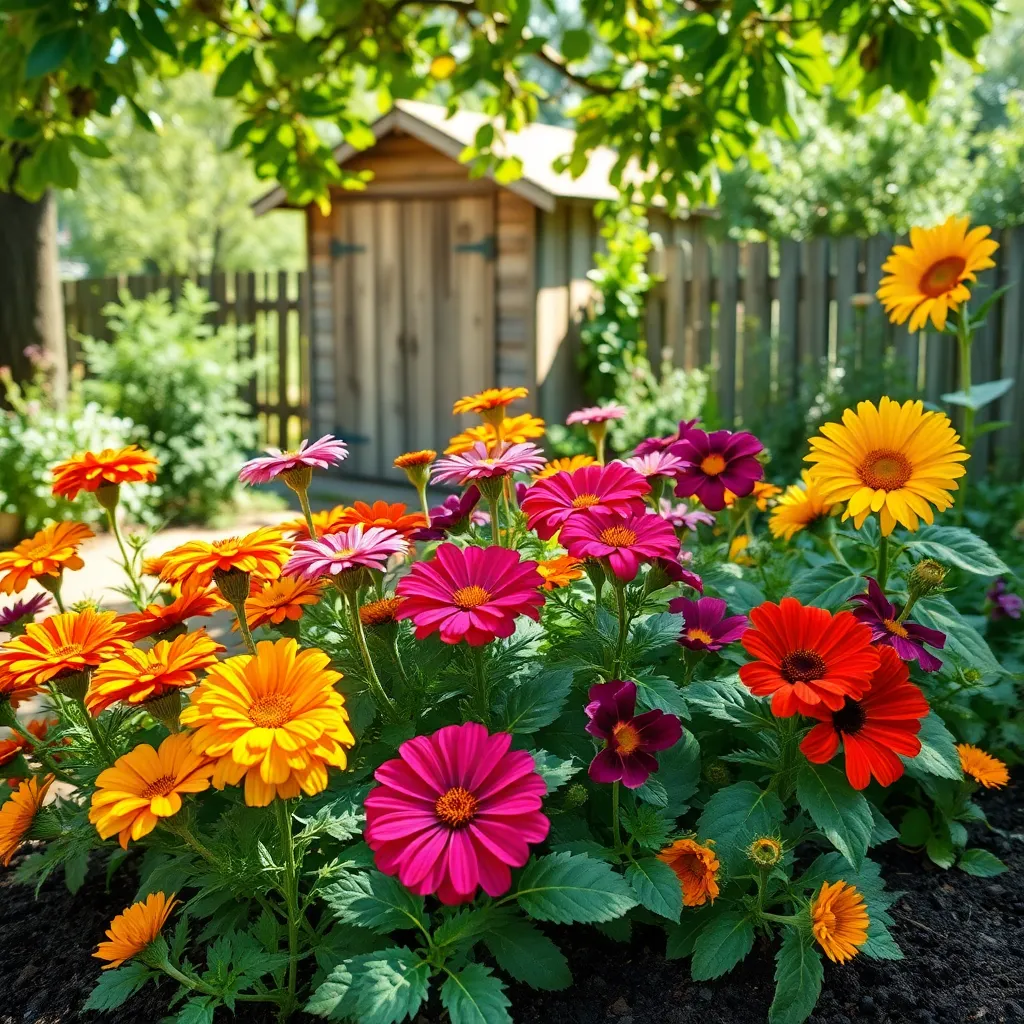
Sunlight is a crucial element for ensuring your flowers burst into vibrant blooms. For most flowering plants, a minimum of six hours of direct sunlight per day is essential to maximize their blooming potential.
When planning your garden, it’s important to observe which areas receive the most sunlight throughout the day. Position sun-loving plants, like marigolds and zinnias, in these sunlit spots to encourage prolific flowering.
In contrast, flowers such as impatiens and begonias thrive with less direct sunlight, making them perfect for partially shaded areas. Plant these varieties in spots that receive morning sun but are protected from the harsh afternoon rays to prevent leaf scorch and stress.
For advanced gardeners, consider using reflective surfaces or garden mirrors to increase sunlight exposure for your plants in shaded areas. This technique can help enhance light distribution, promoting healthier growth and more blossoms.
Simple Soil Preparation Tips
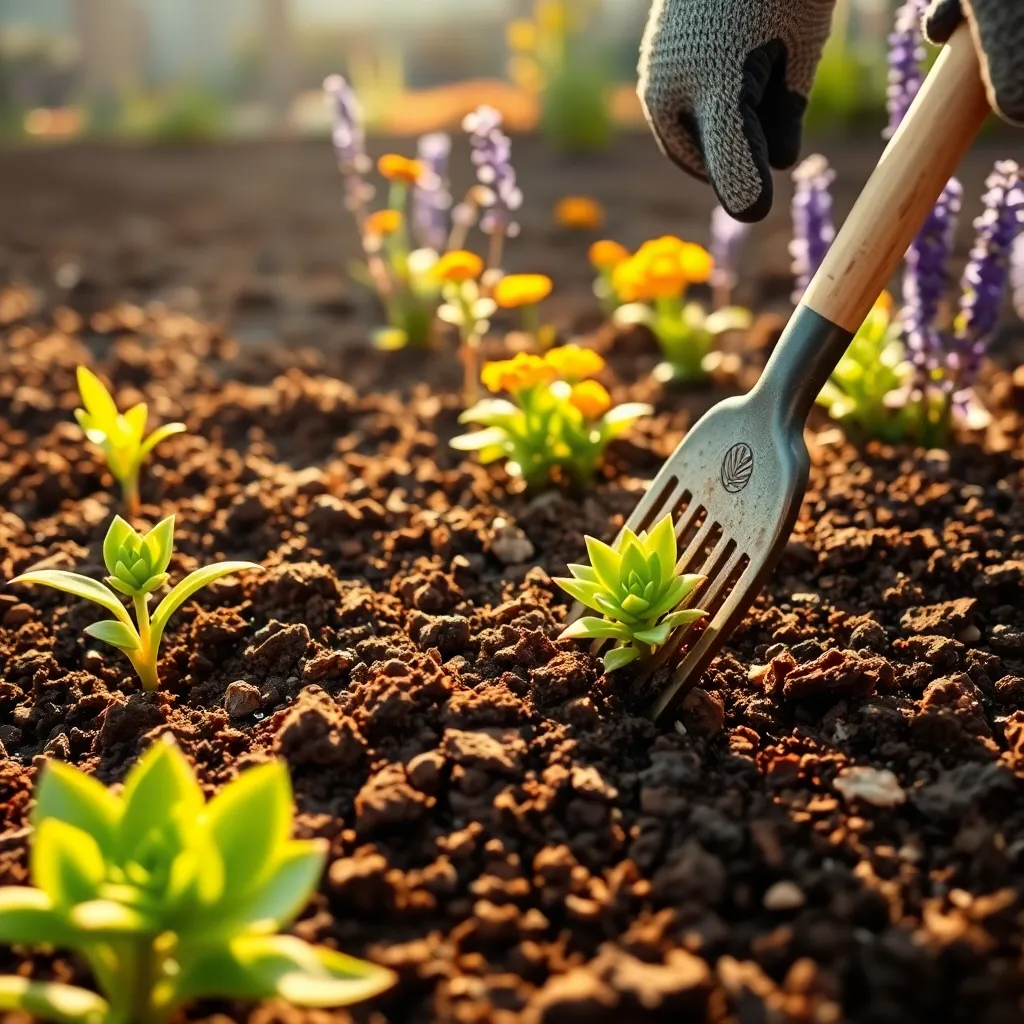
Before planting your flowers, it’s crucial to prepare the soil properly to ensure healthy growth. Start by removing weeds and debris from the area, as these can compete with your flowers for nutrients and water.
Loosening the soil is a fundamental step for promoting good root development. Use a spade or garden fork to turn the soil at least 12 inches deep, which helps improve aeration and drainage.
Adding organic matter, such as compost or well-rotted manure, enriches the soil and boosts its nutrient content. Mix it thoroughly into the soil to enhance its structure and fertility, creating a robust environment for your plants.
Test the soil’s pH level to ensure it’s within the ideal range for most flowers, typically between 6.0 and 7.0. If necessary, adjust the pH by incorporating lime to raise it or sulfur to lower it, creating an optimal growing medium for vibrant blooms.
For those who want to delve deeper, consider conducting a soil test to determine specific nutrient deficiencies. This advanced step allows you to tailor your soil amendments precisely, ensuring your flowers thrive with the right balance of nutrients.
Effortless Watering Techniques
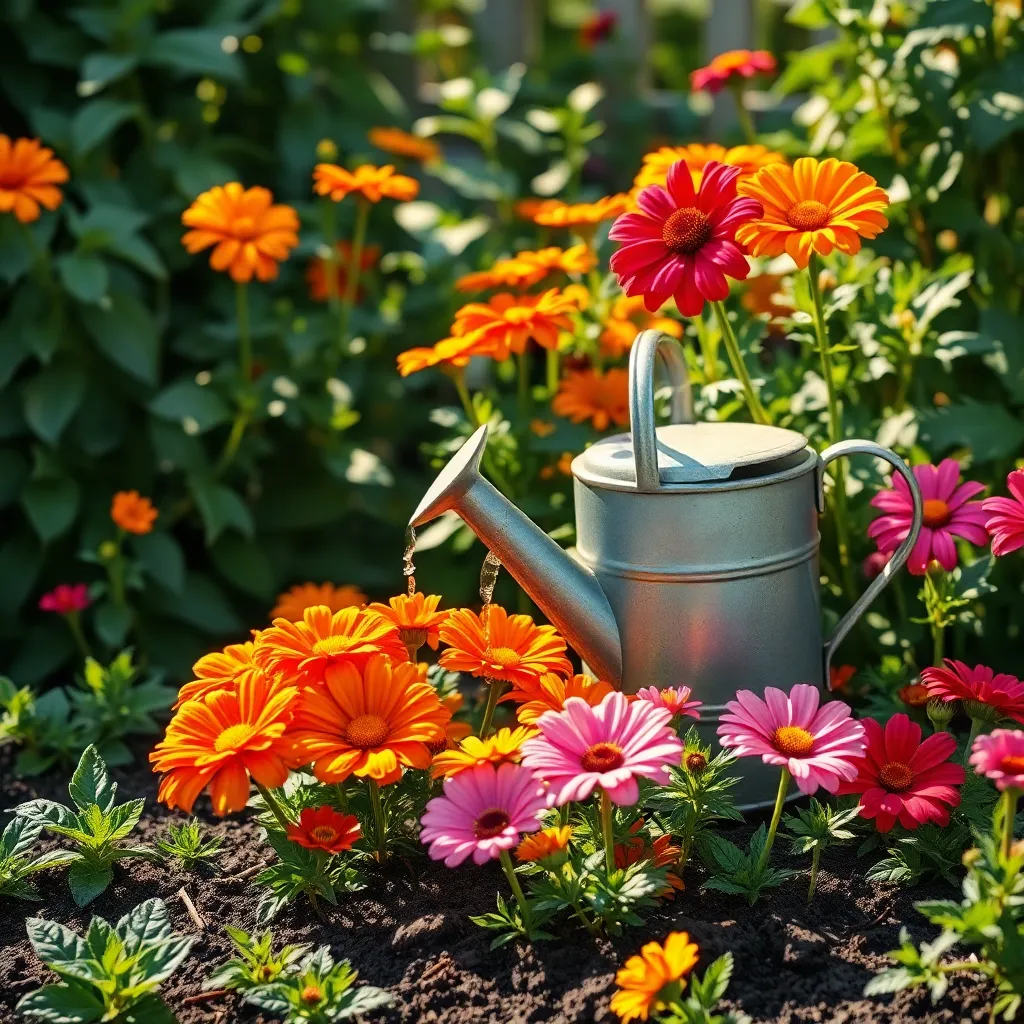
Proper watering can make a significant difference in the health and growth of your garden flowers. For beginners, it’s essential to know that most flowers prefer deep, infrequent watering over shallow, frequent watering.
Incorporating a soaker hose or drip irrigation system can help automate the process. These systems are not only efficient but also ensure that water reaches the roots directly, reducing evaporation and water wastage.
For those who prefer a more hands-on approach, consider watering early in the morning. This allows the plants to absorb moisture before the sun’s heat causes evaporation, and it also prevents fungal diseases that can occur with evening watering.
Advanced gardeners might experiment with mulching around their flower beds. Mulch helps retain soil moisture, keeps the root zone cool, and reduces the need for frequent watering, making it an excellent choice for maintaining a healthy garden with minimal effort.
Pest-Free Flower Maintenance
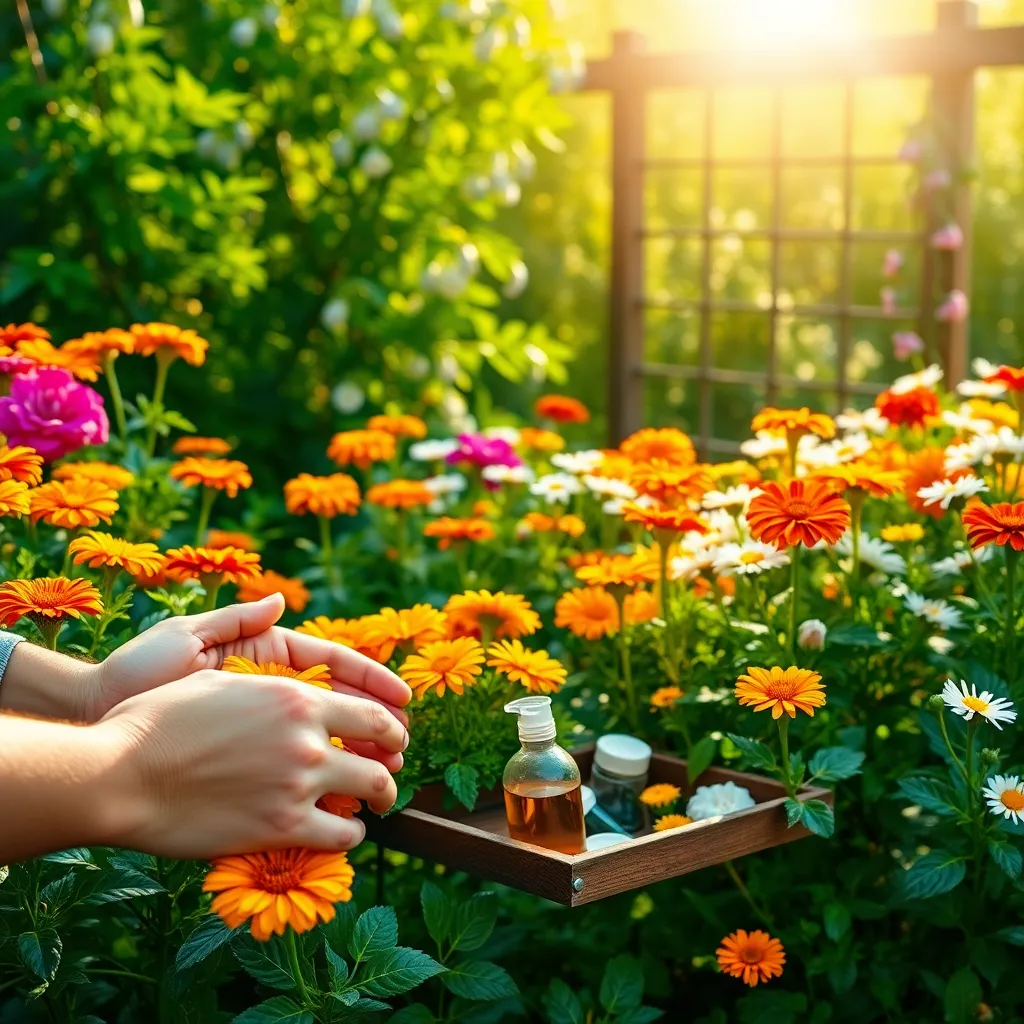
Maintaining a pest-free garden starts with choosing the right flowers. Opt for plants like marigolds and lavender, which are naturally resistant to pests and can even repel certain insects.
Incorporating companion planting can significantly help with pest control. For example, planting basil alongside your flowers can deter aphids and mosquitoes, enhancing the health of your garden.
Regular observation is key to identifying pest problems early. Every week, inspect the undersides of leaves and plant stems for signs of pests, such as eggs or bite marks, to address issues promptly.
For a more advanced technique, consider using organic pest control methods. You can introduce beneficial insects, like ladybugs and lacewings, which naturally keep harmful pest populations in check.
Ensure your plants are healthy by providing them with the right conditions. Use well-draining soil and water appropriately, as stressed plants are more susceptible to pest infestations.
Conclusion: Growing Success with These Plants
In nurturing a flourishing garden of love, we explored five easy-to-grow flowers that symbolize essential relationship principles: the resilience of sunflowers, the adaptability of marigolds, the harmony of lavender, the passion of roses, and the renewal offered by daisies. These botanical beauties remind us that relationships, like gardens, thrive on care, patience, and understanding.
To put these insights into practice, take a moment today to reflect on which of these qualities your relationship might need more of right now. Perhaps it’s time to embrace adaptability or rekindle passion. Begin with a small, actionable step: plan a surprise date, write a heartfelt note, or simply express gratitude for your partner’s presence in your life.
Bookmark this article to revisit these relationship insights whenever your garden of love needs a little extra tending. As you continue on your journey, remember that with consistent effort and nurturing, your relationship can blossom beautifully. Embrace these principles, and you’ll find that your love, like a well-tended garden, can withstand life’s seasons and grow stronger with time. Save this article as your trusty guide to cultivating a thriving, enduring relationship.
